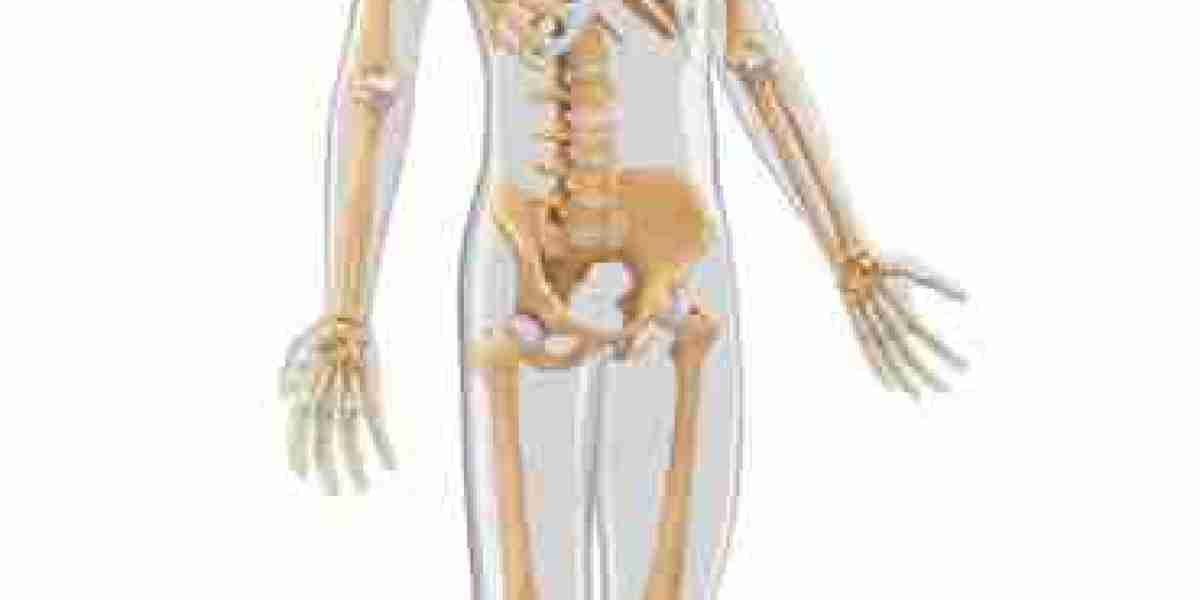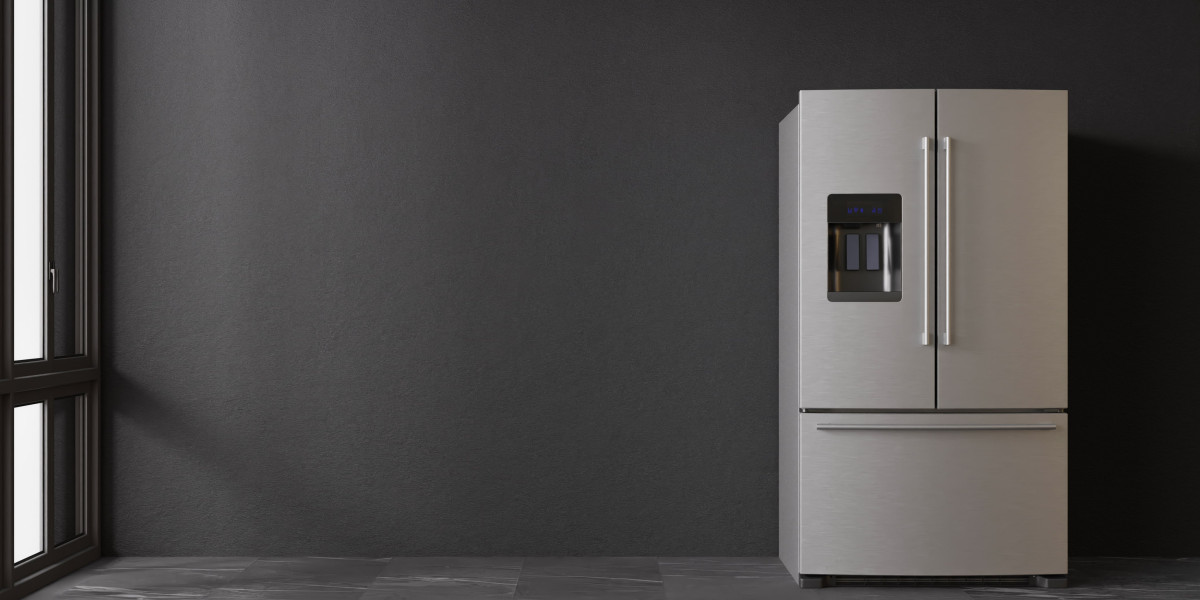The landscape of medical education has changed dramatically over the past two decades. With the increasing complexity of healthcare and the demand for highly trained professionals, traditional methods of teaching have proven insufficient on their own. This is where simulation-based learning steps in—offering students and professionals an opportunity to gain hands-on experience without risk to real patients. At the heart of this evolution lies a crucial innovation: the medical simulation mannequin.
Medical simulation mannequins are no longer just static dummies used for CPR practice. Today, they are highly sophisticated, lifelike human replicas capable of mimicking a vast range of physiological conditions. From simulating childbirth and trauma injuries to cardiac arrest and respiratory distress, these mannequins are designed to replicate real-world scenarios with remarkable accuracy. Their use allows learners to develop critical thinking, teamwork, and procedural skills in a safe, controlled environment.
One of the most transformative aspects of using such simulators is their ability to recreate high-pressure, time-sensitive clinical situations. Trainees can perform diagnostic assessments, practice emergency interventions, and make decisions under stress—experiences that are hard to reproduce in a conventional classroom. This form of training not only enhances technical proficiency but also builds the confidence and communication skills needed in real clinical settings.
Modern medical simulation mannequins are also integrated with powerful software platforms that track performance, provide real-time feedback, and enable instructors to adjust scenarios dynamically. This interactivity makes learning more personalized and measurable. Educators can analyze student responses, identify knowledge gaps, and tailor instruction accordingly. It also fosters a culture of continuous improvement, where mistakes become learning opportunities rather than liabilities.
Furthermore, simulation-based training is not just for students. It plays a vital role in continuing medical education, allowing experienced practitioners to maintain and sharpen their skills. Whether it's rehearsing new procedures, training on the latest devices, or preparing for rare but critical cases, simulation ensures that healthcare professionals are always ready.
The importance of realism cannot be overstated. Tactile feedback, natural joint movement, pulse simulation, and the ability to simulate pupil reaction or cyanosis all contribute to making these mannequins indistinguishable from real patients during training sessions. This realism boosts learner engagement and ensures that clinical skills are transferable to actual patient care.
In a world where patient safety, precision, and preparedness are paramount, the use of a medical simulation mannequin is not a luxury—it's a necessity. As healthcare continues to evolve, so too must the tools we use to train its professionals. And with the aid of advanced simulation technologies, we are building a stronger, more capable, and more confident generation of medical practitioners.




